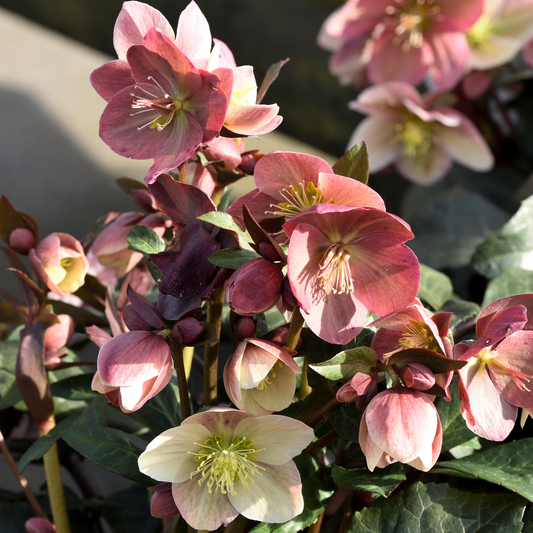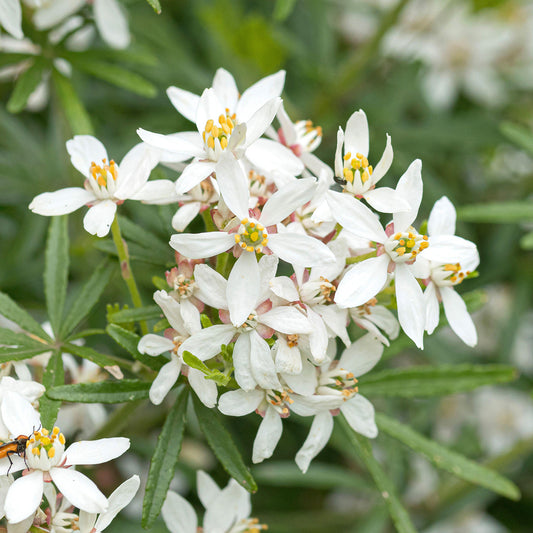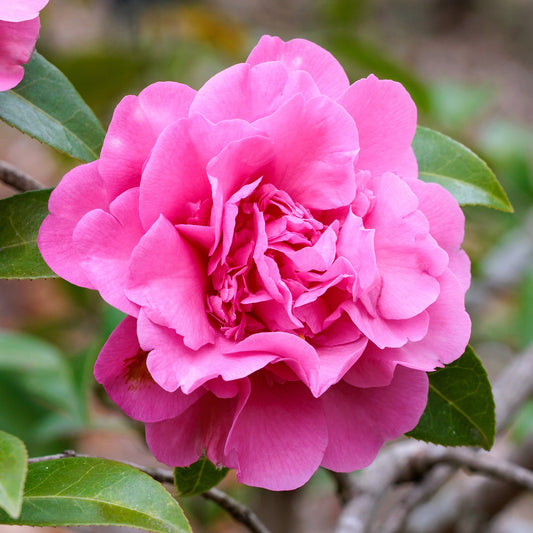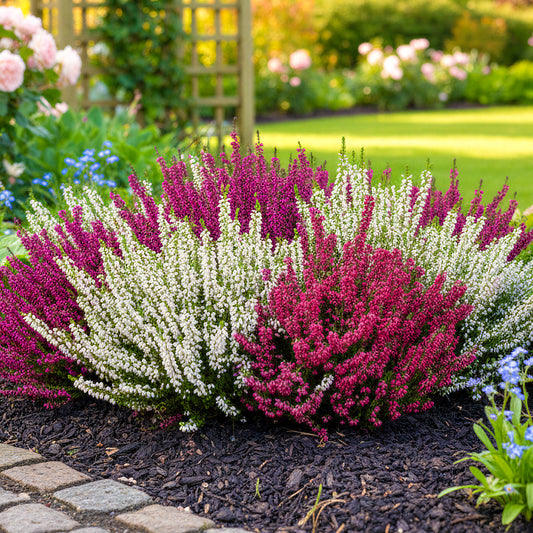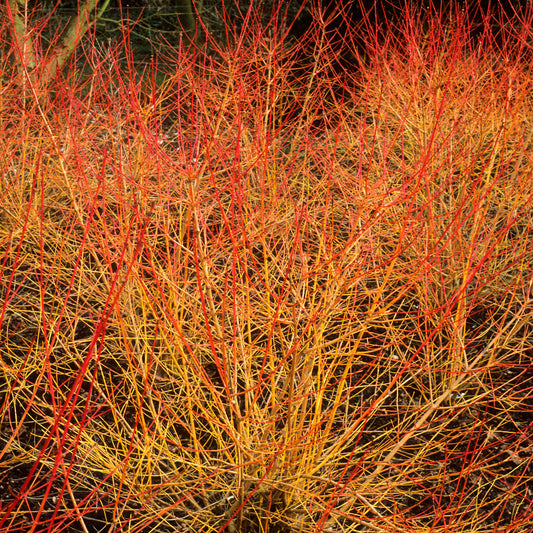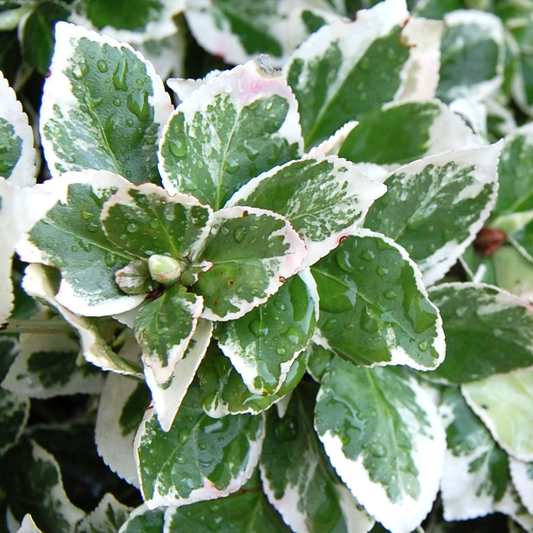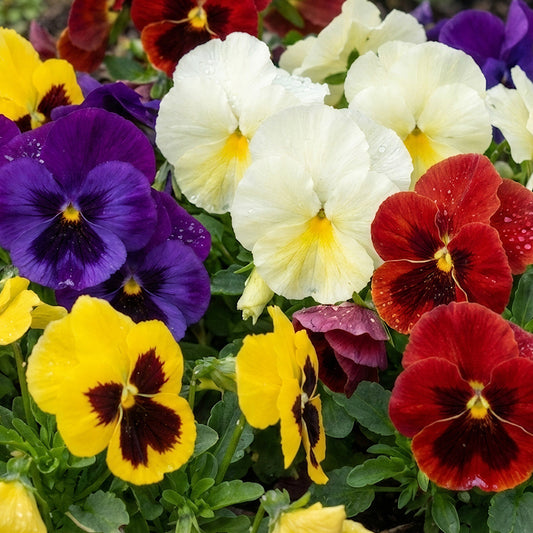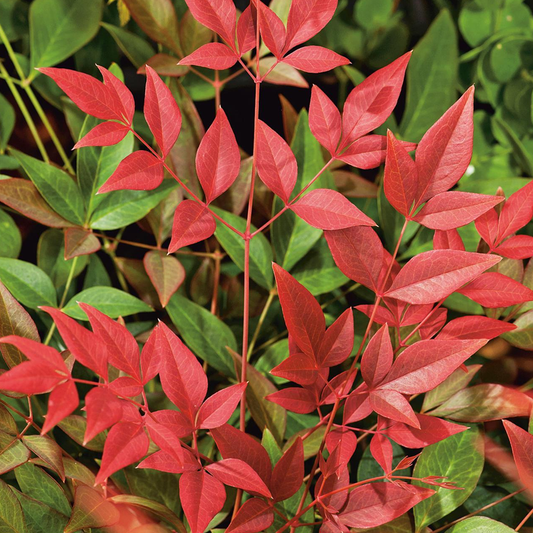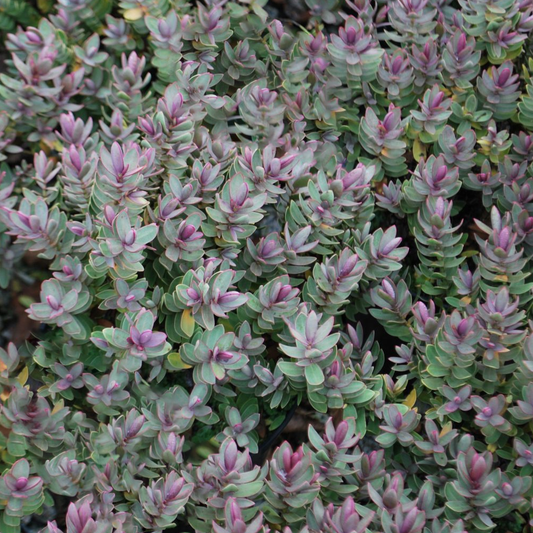Product description
Phygelius × rectus Funfare Orange, commonly known as Cape Fuchsia, is a striking perennial shrub that brings an exotic touch to garden borders and patio containers. Its upright stems are adorned with tubular, nodding flowers in a vibrant pinkish-orange shade with yellow throats, creating a stunning display from early summer to early autumn. The lush, dark green foliage provides an excellent contrast, making it an eye-catching feature plant that adds height and structure to garden settings.
This semi-evergreen shrub thrives in moist but well-drained soil, preferring a sunny or semi-shaded position sheltered from cold winds. In mild regions, it remains evergreen, while in colder areas, it may die back in winter and re-emerge in spring. Regular watering and feeding throughout the growing season encourage vigorous growth and abundant flowering. Pruning older stems in early spring helps maintain its compact, bushy habit.
Ideal for adding long-lasting summer colour, Phygelius Funfare Orange is perfect for patio pots or sheltered borders, where its vibrant blooms will attract bees and pollinators. Its extended flowering period ensures a continuous display of colour, making it a valuable addition to any garden. With proper care, this hardy perennial provides a beautiful and exotic floral feature year after year.
Please Note: Images are for illustrative purposes only and designed to be a representation of the item(s) being sold. Depending on seasonality, deciduous plants may be supplied in their dormant state and without leaves. Plants may also be pruned back, lower than stated heights, to encourage new growth.
Garden Plant Size Guide

Plants in larger pots can be multiple years older than their smaller counterparts with more mature root systems and foliage. This makes them able to thrive as a full size plant in your garden quicker than smaller alternatives.
The most common size of pot that garden plants come in are 9cm/1L/3L/5L this is in reference to the diameter at the top of the pot.
9cm potted plants still remain the most popular cost effective option though, they just may take a little patience to allow them to grow into full maturity once planted in your garden.
Plant specs, care guide & tips
Key features
Specifications
When to plant
| Jan | Feb | Mar | Apr | May | Jun | Jul | Aug | Sep | Oct | Nov | Dec |
|---|---|---|---|---|---|---|---|---|---|---|---|
Planting and period of interest times are general guidelines and may vary based on your location and conditions. For best results, consult local gardening resources.
Instructions
Top Tip
Prune Phygelius in early spring to encourage compact growth and abundant flowering. Remove dead or weak stems to promote healthy, vigorous plant development.
How to Water
Water Phygelius plants consistently, keeping soil evenly moist but not waterlogged. During establishment, water deeply once or twice a week, depending on rainfall and temperature. Reduce watering frequency in cooler months.
How to Plant
Select a sheltered spot with well-draining soil and partial to full sun. Plant in spring after the last frost. Prepare the soil by adding organic matter to improve fertility and drainage. Phygelius prefer slightly acidic to neutral soil and can tolerate coastal conditions.









